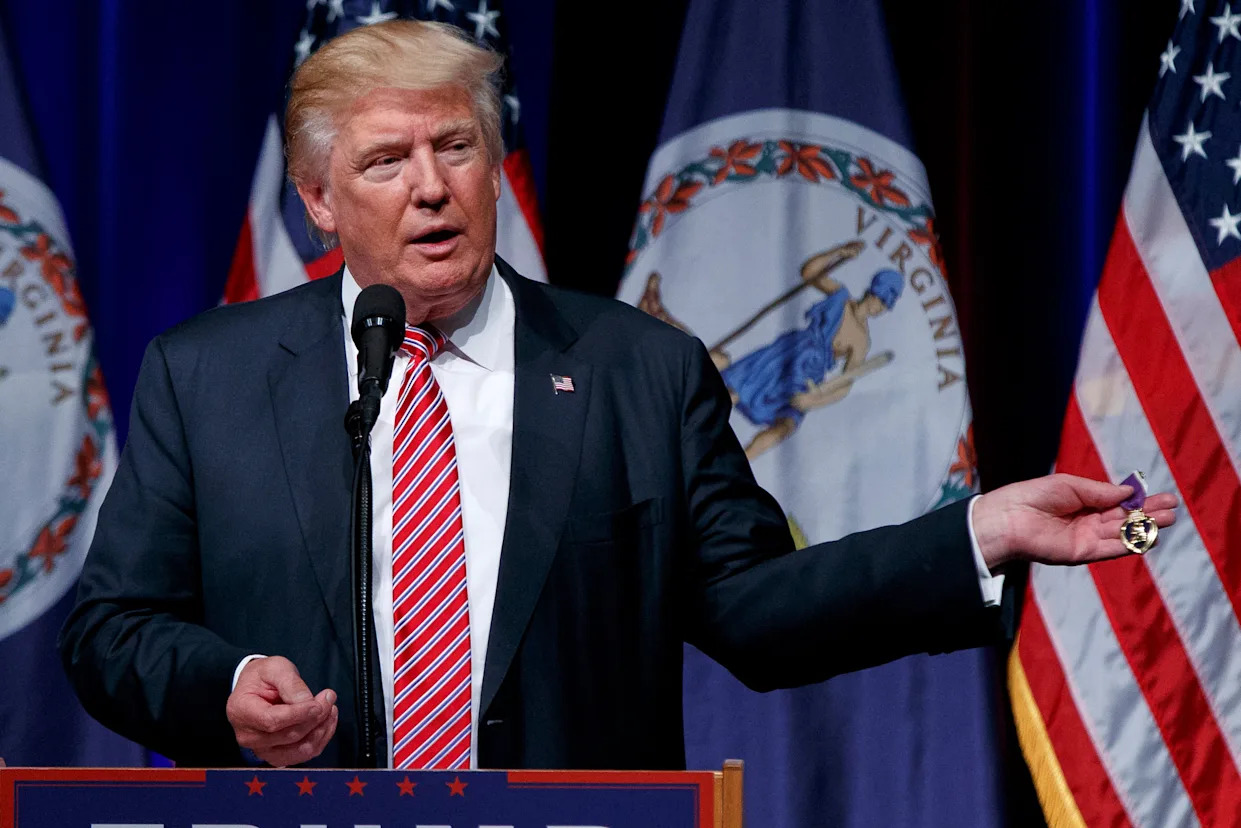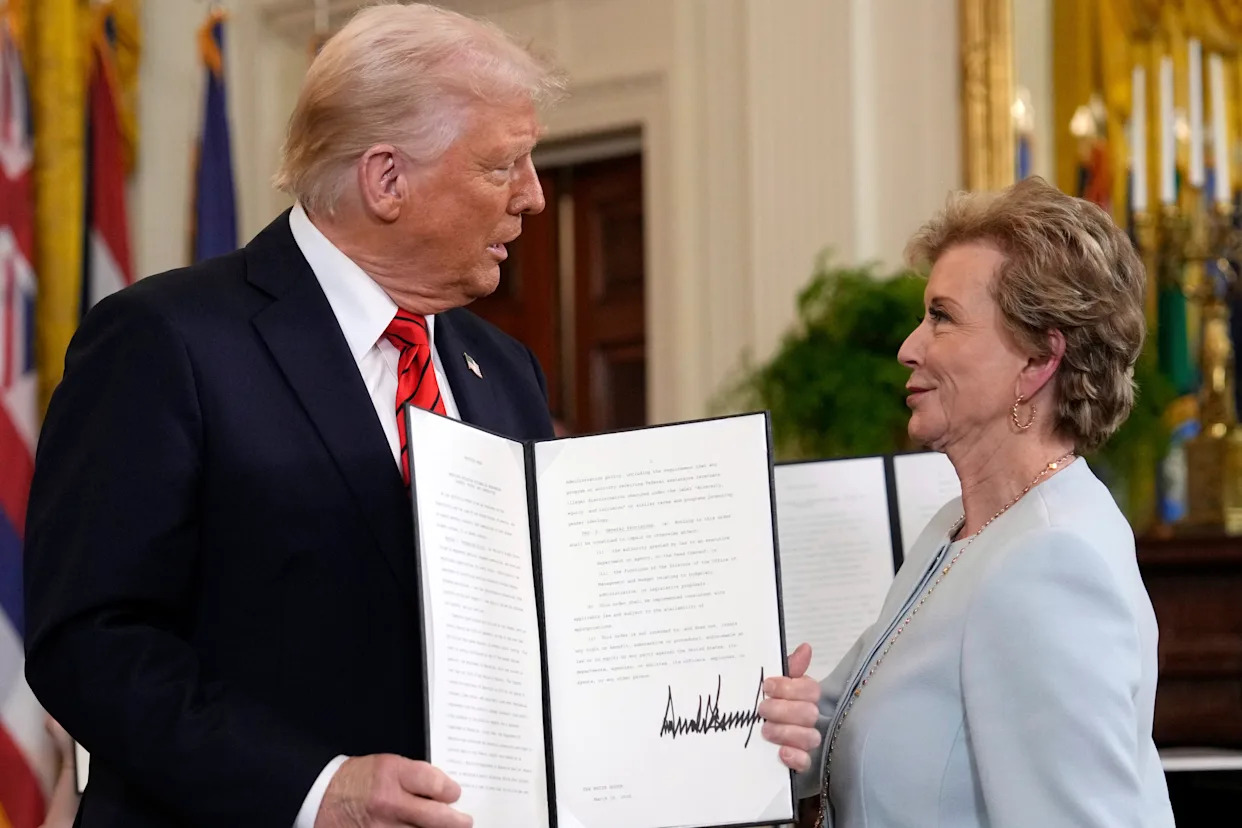
Last week, the office of management and budget (OMB) revealed plans to freeze all outside funding for National Institutes of Health research this fiscal year, but reversed course later that day, leaving the scientific community in a state of whiplash. A senior official at the NIH who spoke on condition of anonymity said this was just the latest in a “multi-prong” approach by the Trump administration to destroy American scientific research.
In July, the National Cancer Institute, which is part of the NIH, updated its website to reflect Trump administration plans to significantly cut cancer research spending as well. Since January, the administration has been cancelling NIH grants, in some cases targeting other specific research areas, such as HIV treatment and prevention.
“It’s really, really bad at NIH right now,” said the official, who added that researchers working outside the NIH have been unaware of the severity of the situation until recently, even though they have also faced funding upheaval since the winter.
Related: A professor had a $2.4m grant to study Black maternal health. Then Trump was elected
“The Trump administration is, for the first time in history, substantially intervening inside NIH to bring it under political control,” the official said. “That’s what we saw this week with the OMB freeze on funding.”
“I think the core of it is that they want to destroy universities, or at least turn them into rightwing ideological factories,” the official said, since the majority of the NIH’s grants are distributed to researchers in universities, medical schools and similar institutions.
In 2021, JD Vance gave a speech entitled The Universities Are the Enemy. The official said they were alarmed at how little universities are fighting back – many have settled with the administration, which has “gotten Columbia to completely knuckle under. One of America’s most significant universities and a place that is a worldwide magnet for talents. Same thing at Penn. Now they’re going after UCLA.”
Institutions such as the National Academies of Sciences, Engineering, and Medicine have also stayed on the sidelines, refusing to sufficiently resist Trump, the official said.
If the administration does manage to freeze NIH funding, it will push to rescind the funds permanently using a rescission motion, the official said. This type of motion only requires a simple majority of 50 votes to pass the Senate, instead of the supermajority necessary to beat a filibuster. Republicans would have enough votes to “ram through these motions to effectively cut the budget without Democrats in Congress weighing in. It’s an ongoing disaster.”
Researchers at the many universities where the administration has frozen funding, such as Northwestern University in Evanston, Illinois, are starting to feel the gravity of the situation, said the official. Carole LaBonne, a biologist at Northwestern, said “university labs are hanging by a thread”, explaining that even though the OMB reversed its decision to freeze outside NIH funding, “the baseline reality is not much better”.
Other recent changes at the NIH include allocating research grants all at once rather than over multiple years, so that fewer projects are funded. Reductions in cancer research funding also mean that only 4% of relevant grant applications will move forward. “This will effectively shut down cancer research in this country and destroy the careers of many scientists. This is devastating,” LaBonne said.
The extreme uncertainty surrounding scientific research is also negatively affecting scientists’ mental health. “I do not know any faculty who are not incredibly stressed right now, wondering how long they will be able to keep their labs going and if/when they will have to let laboratory staff go,” LaBonne said. “It also very hard to motivate oneself to write grants, a painstaking and time-intensive processes, when there is a 96% chance it will not be funded.”
Ryan Gutenkunst, who heads the department of molecular and cellular biology at the University of Arizona, said: “The chaos at NIH is definitely freaking [faculty and students] out and wasting huge amounts of emotional energy and time. We were emailing about the latest pause, only to find it unpaused hours later.”
The senior NIH official found last week’s events unsurprising, they said: “They’re throwing everything at the wall to stop NIH from spending. What struck me was that many of my colleagues at universities were like, ‘Oh, my God, they’re stopping grants.’ And it really seemed to activate people in a way that I hadn’t seen before, whereas a lot of us at NIH thought, ‘Oh, they just did another thing.’”
Science is an engine for American economic dominance, and scientific clusters such as Silicon Valley could not exist without federal funding, the official said. “Once you break them, it will be impossible to rebuild them. We’re on the path to breaking them.”
LaBonne said she worried about the impact on progress in cancer specifically. “My own research touches on pediatric cancers. Forty years ago more than 60% of children diagnosed with cancer would have died within five years of diagnosis. Today there is a 90% survival rate. We should not put progress like that in danger,” she said.
Although many major scientific institutions have complied with the administration, grassroots organizations and individual scientists, including those within the NIH, are finding ways to resist.
The senior NIH official said they were most hopeful about grassroots organizers who are resisting the Trump administration openly, rather than relying on older strategies such as litigation and negotiations with Congress. For example, Science Homecoming, a website to promote science communication, is encouraging scientists to get the word out about the importance of federal funding to their home towns.
The Bethesda Declaration, signed by 484 NIH staff, directly accused NIH director Jay Bhattacharya of “a failure of your legal duty to use congressionally appropriated funds for critical NIH research. Each day that the NIH continues to disrupt research, your ability to deliver on this duty narrows.”







Comments